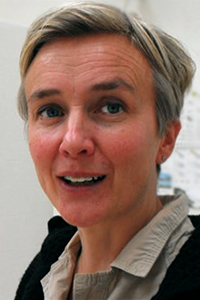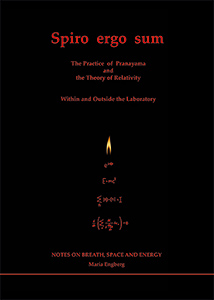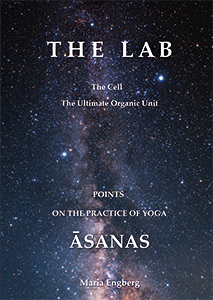Spiro Ergo Sum – The Practice of Pranayama
Also in other bookshops, both physical and on internet.
Spiro Ergo Sum — The Practice of Pranayama — The weaving of Space and Energy
Notes on Breath, Space and Energy.
Pressure: Magnitude or vector force? Pressure either changes, or: Pressure remains the same: (+ O -). Think about it from within your own Space Laboratory.
Only a light push from within the new-born baby and it begins: Life
is that one flow of breath, or a collection, like a mountain of approximately 22,075,000 x 10,000,000,000,000,000,000,000,000,000,000,000,000,000,000 … choose your own fraction … seconds or Planck time-units? Twist and turn in any direction: It is Energy.
Spiro ergo sum – I breathe therefore I am – is a book on the practice of Pranayama, the ancient yogic balancing act towards a slow and steady breath flow, paving way for reflection: How, why and where is Energy? It is not a topology of the hole, rather a light on the whole topology. It is not a book focusing on the history of Pranayama, its varieties and techniques, but develops in the line of connecting the practice to updated scientific reports from a wide field.
Thus, Spiro ergo sum is a deep-dive into the human game of Hide & Seek and of Trial & Error: Because if “The Theory of Relativity” is proven to be valid even on galactic scale (referring to evidence-based research, further elaborated in the text): If “Everything” ultimately is Energy, in Ground Reality: How far do “I” have to go to realize Space?
About the Author

Maria Engberg is born in Sweden, educated at the Royal Institute of Technology – Architecture (KTH) in Stockholm. Trained within a broad physical and spatial field, she is also a long term practitioner of Pranayama.


